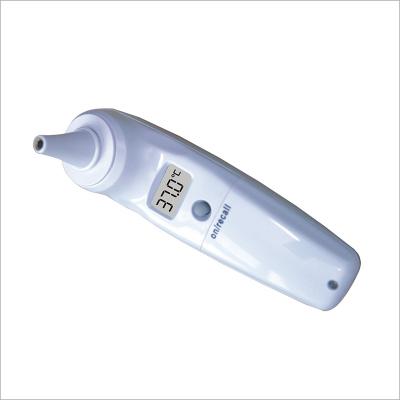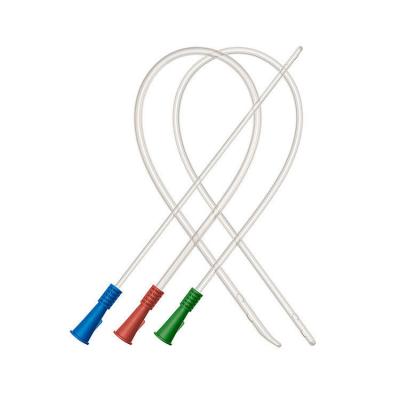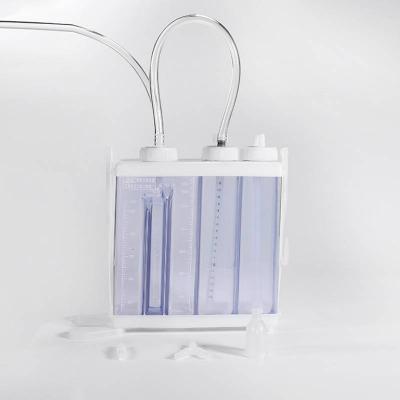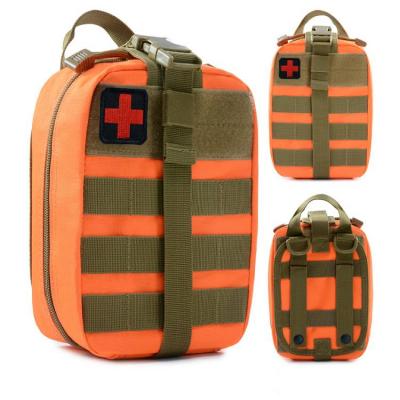The Importance of First Aid Adhesive Bandages
The first aid adhesive bandage is a fundamental item in any first aid kit. Its primary role is to protect minor wounds and cuts from external contaminants, which can lead to infections. Here's why the first aid adhesive bandage is so crucial:
- Immediate Protection: When applied promptly, adhesive bandages shield wounds from dirt and bacteria, reducing the risk of infection.
- Comfort: Modern adhesive bandages are designed to be comfortable and flexible, allowing for ease of movement while providing necessary protection.
- Ease of Use: Adhesive bandages are simple to apply, making them ideal for quick treatment in emergency situations.
- Versatility: They come in various sizes and types to address different types of injuries, from small cuts to larger abrasions.
Different Types of First Aid Adhesive Bandages
There are several types of first aid adhesive bandages, each designed for specific types of injuries. Understanding these types ensures you select the appropriate bandage for various situations:
- Standard Adhesive Bandages: These are the most common and are used for covering minor cuts and blisters. They come in various sizes and shapes, such as rectangular, square, or fingertip.
- Waterproof Adhesive Bandages: Designed for use in wet conditions, these bandages provide a secure barrier against water and are ideal for covering wounds that are exposed to moisture.
- Antibacterial Adhesive Bandages: These bandages are infused with antibacterial agents to help prevent infections in minor wounds.
- Fabric Adhesive Bandages: Made from fabric material, these bandages are more durable and flexible, making them suitable for more active use.
- Flexible Fabric Bandages: These are designed to stretch and move with the skin, providing a snug fit for areas prone to movement, such as joints.
Benefits of Using First Aid Adhesive Bandages
Adhesive bandages offer several benefits that make them a vital part of any first aid kit. Here are some key advantages:
- Prevention of Infection: By covering wounds, first aid adhesive bandages help prevent bacteria and dirt from entering the wound, reducing the risk of infection.
- Reduced Healing Time: Keeping a wound covered with a bandage can speed up the healing process by creating a clean, protected environment.
- Pain Relief: Adhesive bandages can help reduce pain by protecting the wound from further irritation and exposure.
- Convenience: They are easy to carry, store, and apply, making them a practical solution for immediate care in both home and workplace settings.
- Cost-Effective: First aid adhesive bandages are relatively inexpensive and widely available, providing a cost-effective means of managing minor injuries.
How to Choose the Right First Aid Adhesive Bandage
Selecting the appropriate first aid adhesive bandage can significantly impact the effectiveness of wound care. Here are some tips on how to choose the right bandage:
- Consider the Type of Wound: Choose a bandage based on the size, location, and nature of the wound. For larger cuts or abrasions, opt for larger or specialized bandages.
- Check for Allergies: Some people may be allergic to adhesive materials. Select hypoallergenic bandages if you or those you are treating have sensitive skin.
- Evaluate Waterproof Options: If the wound is likely to be exposed to water, such as in a shower or swimming pool, choose waterproof adhesive bandages.
- Look for Antibacterial Properties: For additional protection against infection, consider bandages that contain antibacterial agents.
- Assess Flexibility: For wounds on joints or areas with frequent movement, select flexible fabric bandages that can accommodate movement without peeling off.
Conclusion: Ensuring Your First Aid Kit Is Well-Stocked
In conclusion, the first aid adhesive bandage is a fundamental component of any first aid kit. Its role in protecting wounds, preventing infection, and providing immediate care makes it an indispensable item. By understanding the different types, benefits, and selection criteria for adhesive bandages, you can ensure that your first aid kit is prepared for a wide range of minor injuries and emergencies. Regularly check your kit to ensure it is stocked with a variety of first aid adhesive bandages to meet all potential needs.
 +86-13950196535, 086-592-5566387
+86-13950196535, 086-592-5566387 enquiry@ticarehealth.com
enquiry@ticarehealth.com














